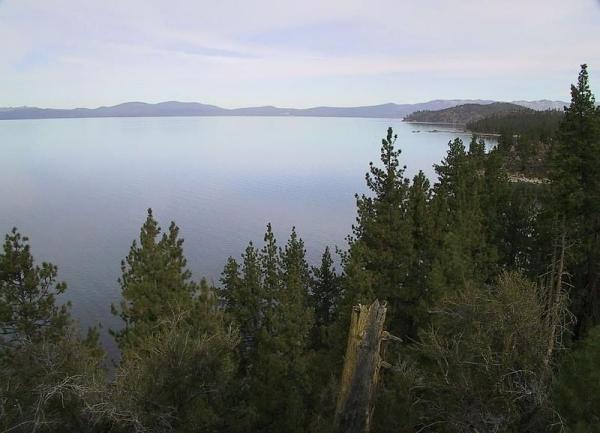The Growth Habits of Pines

Pine trees are amazing. Conifers were some of the first plants to develop that we would recognize as true trees. They are the longest living things on Earth with some Great Basin bristlecone pines measured at more than 4,500 years old. They are the longest organisms with redwoods over 350 feet tall. Blue whales rarely break 100 feet.
Facts and Foliage
These awe inspiring trees longevity, size and strength is possibly the result of a slow maturity rate. Time devoted to growth during the first ten-thirty years rather than reproduction allows for more branches and roots to reach their maximum extension. The hardwood types such as redwood and ponderosa have incredibly strong wood that is preferred for use in outdoor projects like playground equipment and furniture. Pine trees get large in height and are sometimes used for timber harvesting for furniture, flooring and chip wood that makes paper.
Pines of any variety enjoy acidic soil types which are predominant in deciduous and coniferous forest. Pines are hardy zones from subarctic to subtropics generally zones 2-9 based on the USDA hardiness zone map. Most pines grow best with one inch of water per week as seedlings and mature pines will need about half that of their offspring. If the cone or seed has found a spot with adequate light and water it will grow very slowly out for the next 5-10 years on average. This stage is very different for each type of pine so could be up to 20 years.
The growth per year increases drastically when the pine begins it's sapling stage. During this time the branches increase in number and size. The pine's bark begins to get thicker and more fire resistant. Pines spend about 10 years as saplings depending on type and factors like water, sun and forest fires.
At this time there is established a two year expiration for old leaves. Pine's plant description is evergreens which means they lose their leaves, or needles, at a constant rate and remain green throughout the year. Deciduous trees shed most of their leaves in Autumn. Pine needles are famous for resisting decomposition which makes them ideal for mulching plants, crafts and as general landscaping material.
As a sapling the tree has a massive push of vertical growth for the next ten to thirty years to increase the light it captures. The growth at maturity for most pines is between thirty to fifty feet but can be as little as 10 feet. When the tree is considered fully mature and male and female cones make their first appearance.
Male cones are narrow and long, females are wide Fibonacci spirals. The pine releases great clouds of pollen to fertilize the cones of similar pines nearby. Pine sap is a way of capturing pollen on the wind. Pines are classified as gymnosperms, meaning the seeds are exposed rather than hidden in husks or fruits. The cones cling 1-3 years before breaking from the cone commonly by birds, freezing or fire.
